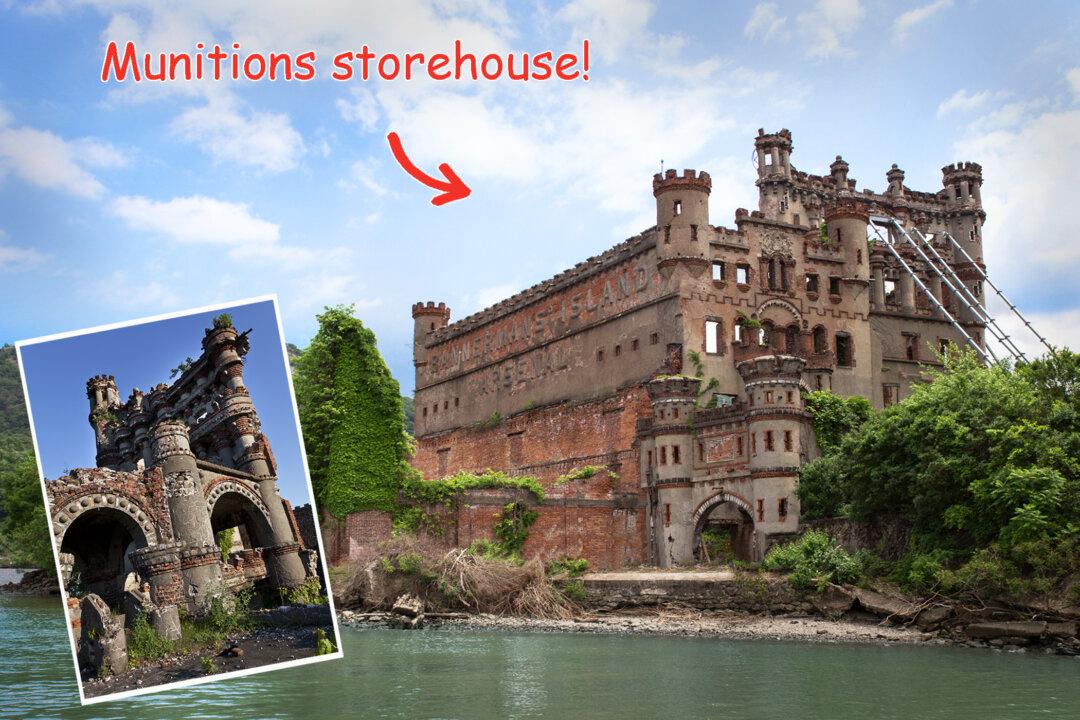There’s something of the Great Gatsby about Bannerman Castle, located on an uninhabited island in New York’s Hudson River. Except far from being a fictional character, the man who created it was a real-life empire builder.
Found around 50 miles north of the city, the abandoned castle sits decaying atop the small island of Pollepel. Francis Bannerman, better known as Frank, was a resourceful and innovative Scotsman. After immigrating to the United States with his family from Dundee in 1854 at the age of 3, the young Mr. Bannerman, still in school, spotted a business opportunity.






